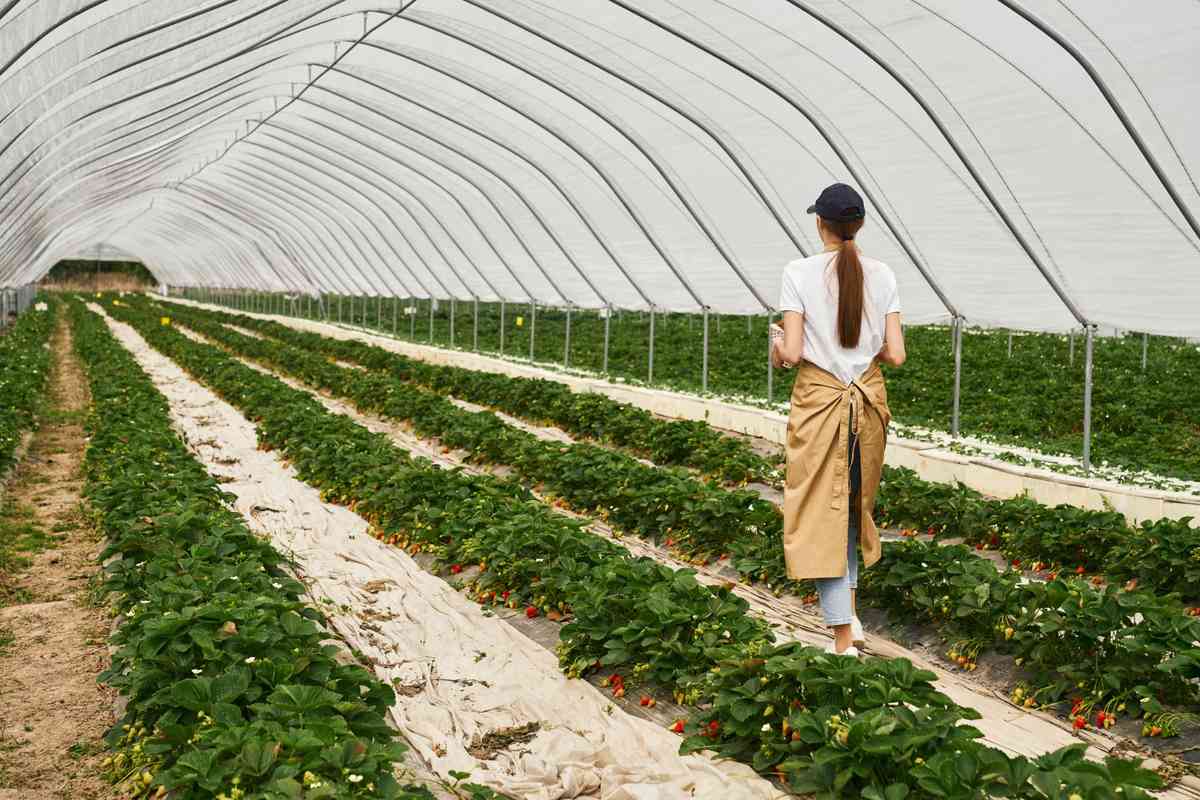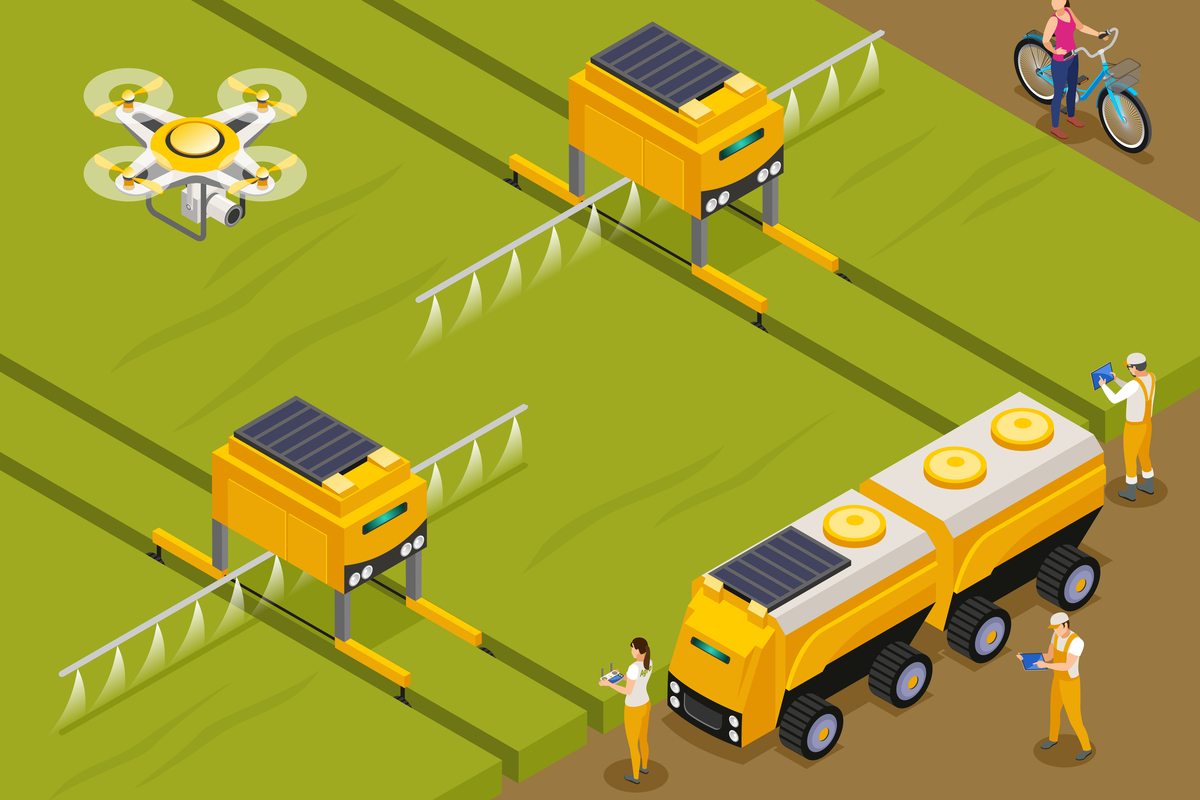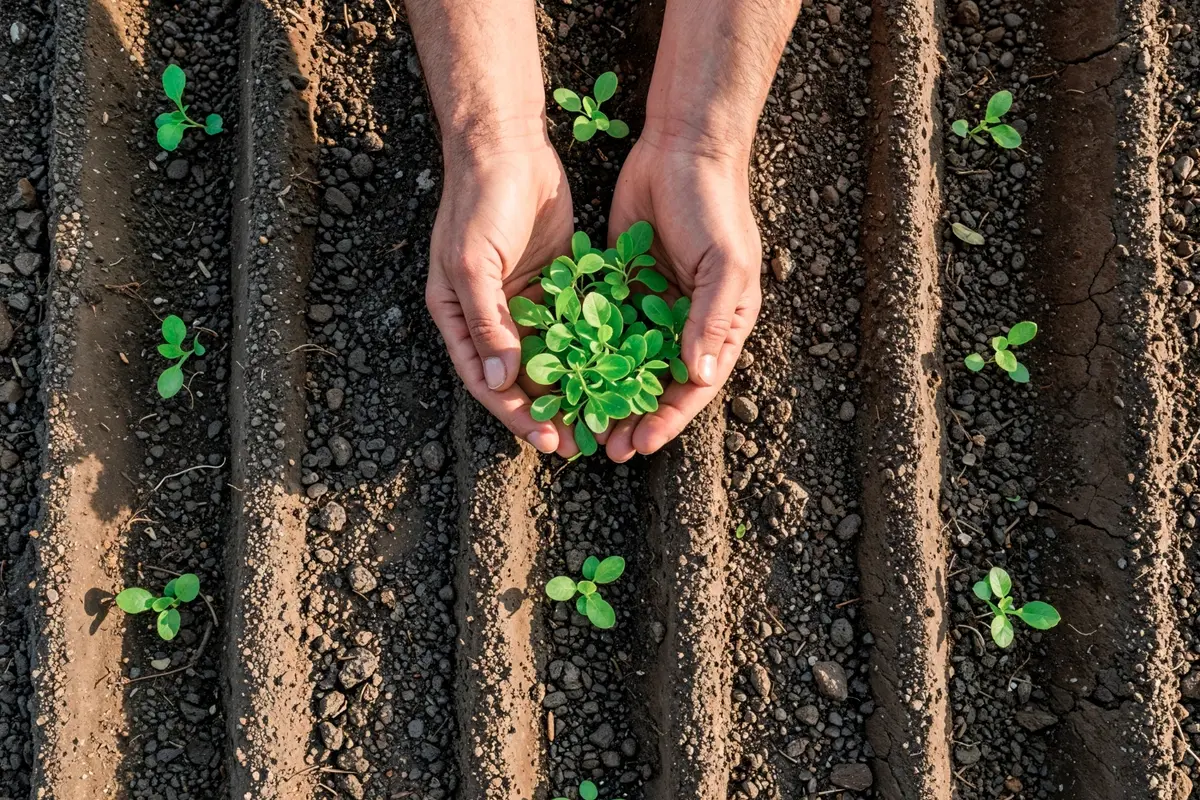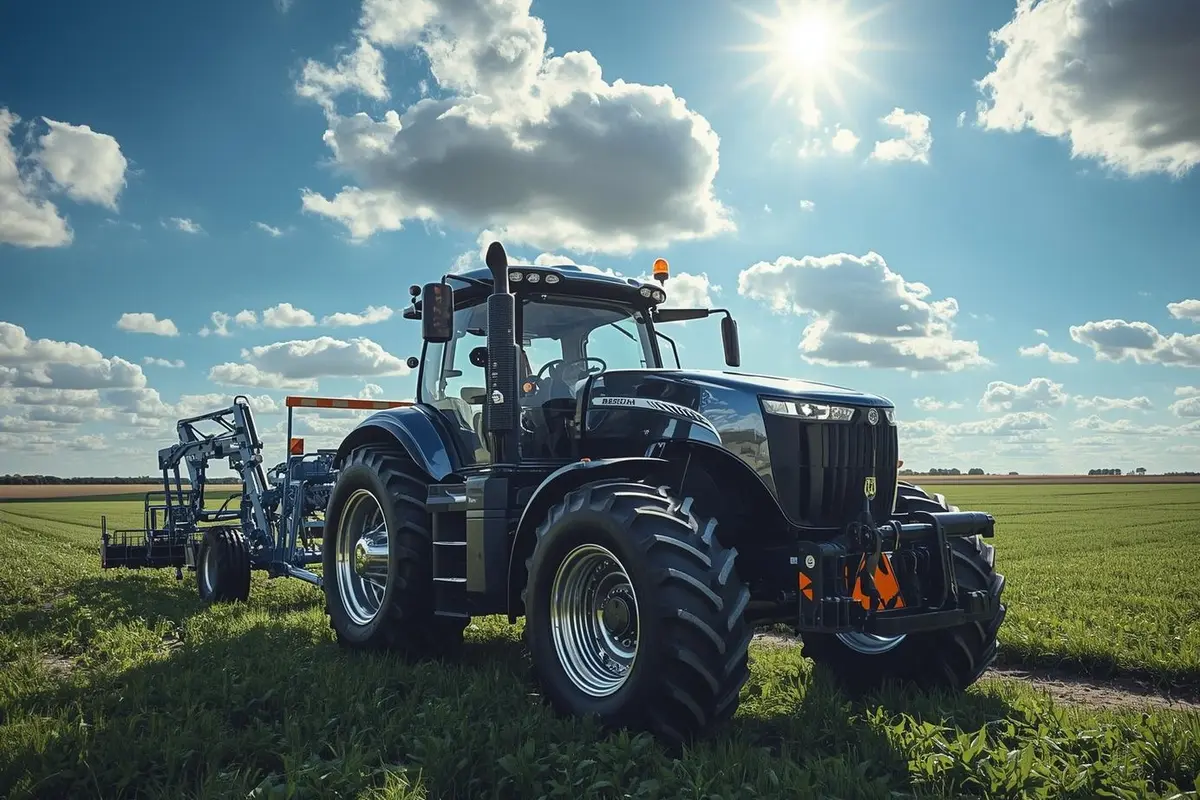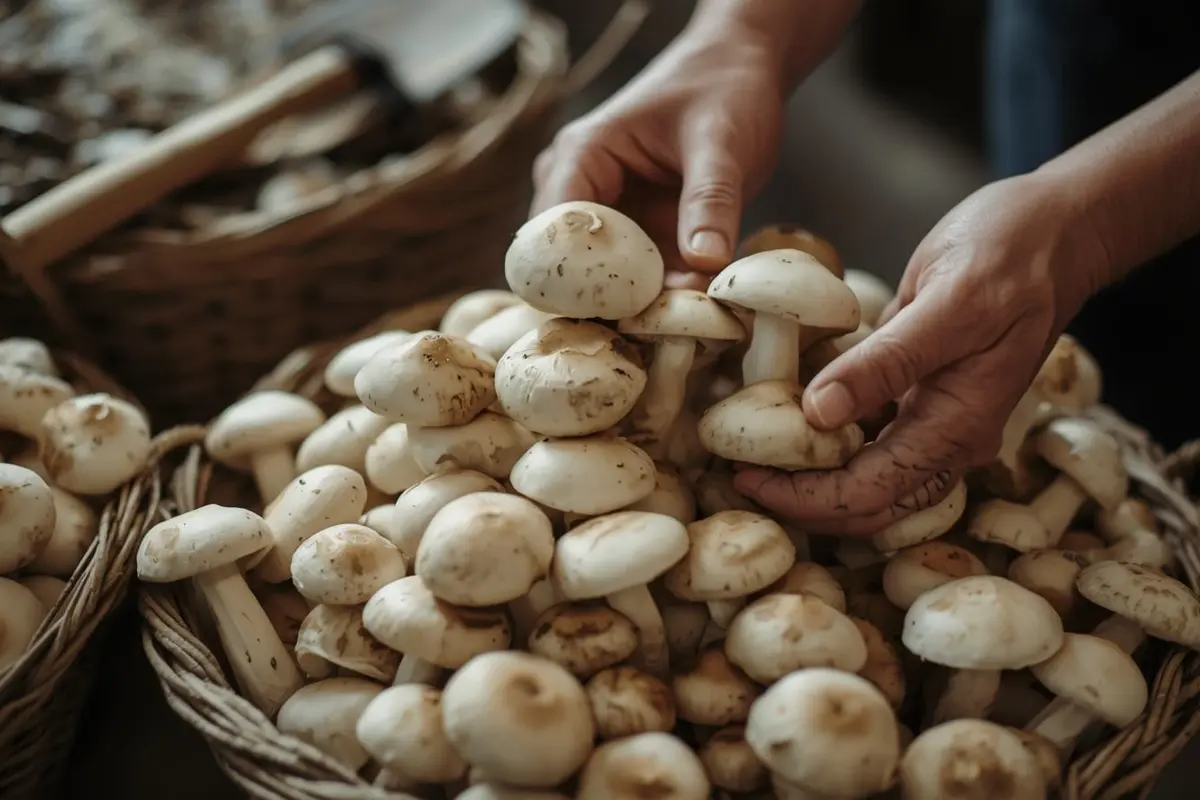Greenhouse farming is a modern agricultural method where crops are grown in a controlled environment within a structure made of transparent materials like glass or plastic. This setup allows farmers to regulate temperature, humidity, light, and ventilation to create optimal growing conditions for plants, regardless of external weather conditions.
Greenhouse farming helps extend growing seasons, improve crop yields, and protect plants from pests, diseases, and extreme weather events. It is especially beneficial for growing high-value crops such as vegetables, flowers, herbs, and fruits. Despite its many benefits, greenhouse farming also comes with several disadvantages that can pose challenges for farmers. In this article, we will discuss the advantages and disadvantages of greenhouse farming in detail.
Table of Contents
Advantages of Greenhouse Farming
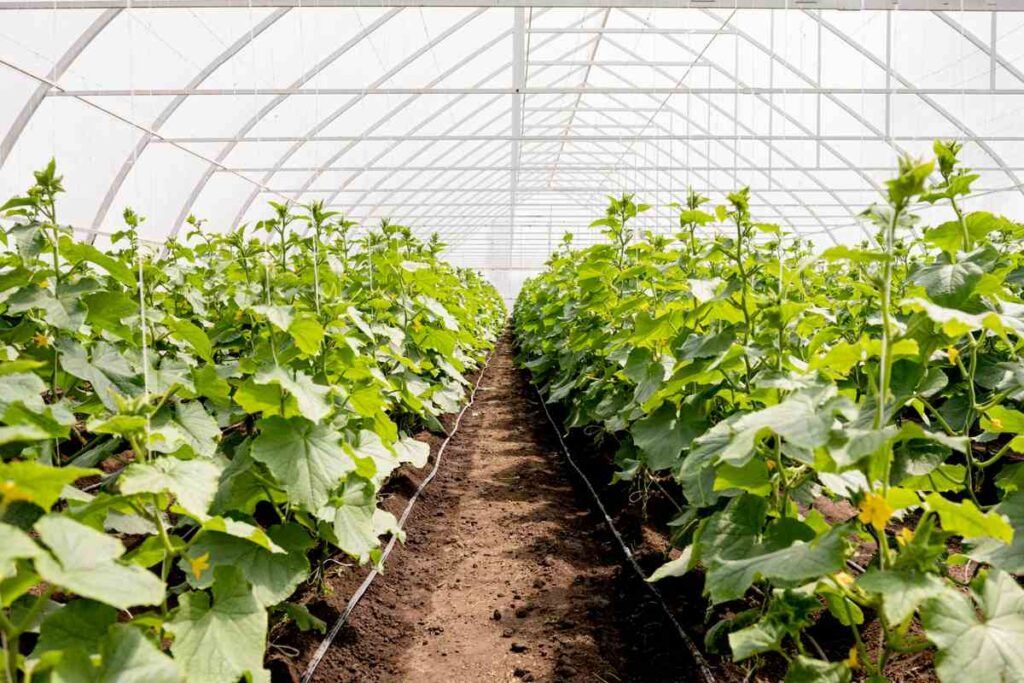
1. Controlled Environment for Crop Growth
One of the biggest advantages of greenhouse farming is the ability to control environmental conditions such as temperature, humidity, light, and ventilation. This control allows farmers to create an optimal microclimate for plant growth throughout the year.
2. Extended Growing Seasons
Greenhouse farming enables farmers to grow crops beyond their natural growing seasons. This means vegetables, fruits, or flowers that are usually seasonal can be cultivated year-round. As a result, farmers can meet market demand consistently and increase profits by selling off-season produce at higher prices.
3. Higher Yields and Productivity
Due to the controlled environment and optimized use of space, greenhouse farming significantly boosts crop productivity. Plants receive ideal conditions for photosynthesis and growth, resulting in better yields per square meter compared to traditional open-field farming. This is particularly beneficial in areas with limited arable land.
4. Protection from Pests and Diseases
Greenhouses act as a barrier between crops and harmful pests, insects, and disease-causing pathogens. This reduces the need for chemical pesticides, leading to healthier crops and safer food. The enclosed structure also helps in early detection and easy management of any infestation or disease outbreak, limiting its spread.
5. Efficient Use of Water and Nutrients
Greenhouse farming often incorporates modern irrigation systems like drip irrigation and hydroponics, which deliver water and nutrients directly to plant roots in a controlled manner. This minimizes water wastage, reduces nutrient runoff, and ensures plants receive exactly what they need, resulting in healthier crops and more sustainable water use.
6. Better Quality and Uniform Crops
The consistent and controlled conditions in greenhouses help produce crops with uniform size, color, and quality. This is especially important for commercial agriculture, where appearance and quality standards influence pricing and marketability.
7. Space Optimization
Greenhouses make efficient use of available land by allowing vertical farming and dense planting techniques. Farmers can grow more crops in a smaller area and even use multi-tier structures. This is highly advantageous in urban settings or regions with limited farmland.
8. Environmentally Friendly and Sustainable
Greenhouse farming supports eco-friendly practices by minimizing the use of harmful chemicals, conserving water, and promoting soil health. It also reduces dependency on fossil fuels and large-scale machinery often used in traditional farming. Moreover, greenhouses can be equipped with solar panels, rainwater harvesting systems, and organic farming methods, making them a model for sustainable agriculture.
Disadvantages of Greenhouse Farming
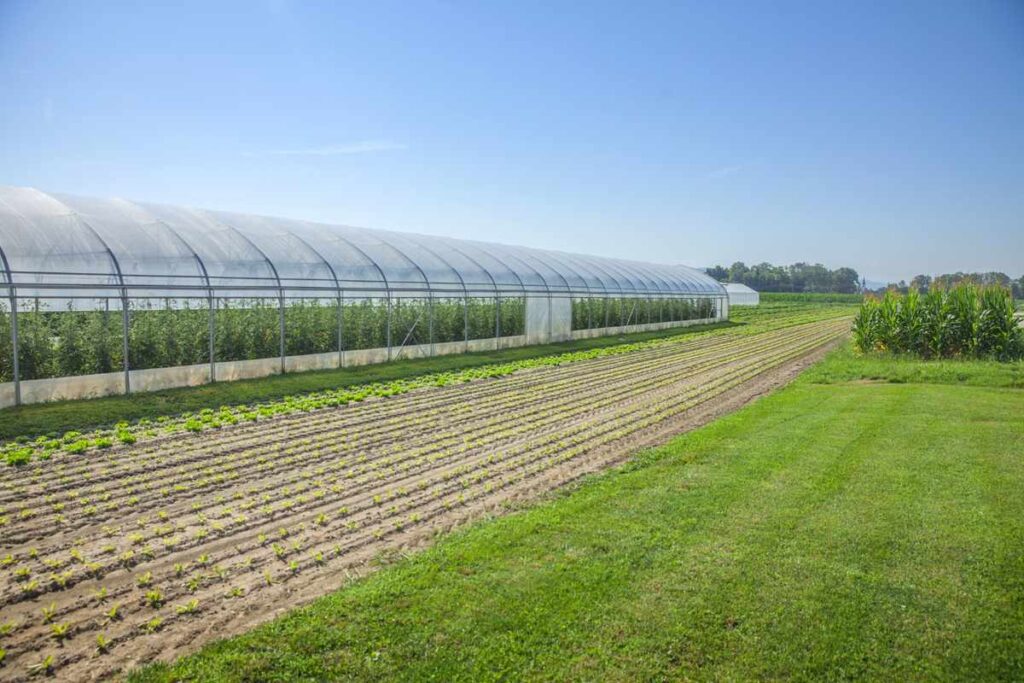
1. High Initial Investment
Setting up a greenhouse requires a significant financial investment, especially for modern, climate-controlled structures. Costs include building materials, ventilation and irrigation systems, heating or cooling units, and automation technologies. For small-scale or first-time farmers, the high initial setup cost can be a major barrier to entry and may require financial aid or loans to get started.
2. High Operating and Maintenance Costs
In addition to the setup cost, maintaining a greenhouse involves ongoing expenses. These include electricity for lighting and climate control, water for irrigation, and labor for daily operations. Regular maintenance of equipment and replacement of plastic covers or other parts can further increase the financial burden.
3. Risk of Pest and Disease Outbreaks
Although greenhouses offer protection from external pests, the enclosed environment can ironically lead to the rapid spread of pests and diseases if they manage to enter. Conditions like high humidity and warmth inside greenhouses can create a breeding ground for fungi, mold, and insects. Without careful monitoring and integrated pest management, even minor infestations can escalate and affect entire crops quickly.
4. Technical Knowledge and Skilled Labor Required
Greenhouse farming is more technologically advanced than traditional open-field farming. It requires knowledge of environmental controls, plant nutrition, irrigation techniques, and pest management. Inexperienced farmers may find it difficult to manage a greenhouse effectively without proper training or skilled workers, which could result in crop losses or inefficient use of resources.
5. Dependence on Power Supply
Many greenhouse systems rely heavily on electricity to run fans, heaters, coolers, artificial lighting, and automated irrigation. In regions with unstable power supply or high energy costs, this dependence can lead to interruptions in crop management and increased production costs.
6. Environmental Concerns
Although greenhouse farming can be more resource-efficient, it can also have environmental drawbacks. Excessive energy use for climate control can increase the carbon footprint if renewable energy sources are not used.
7. Limited Crop Variety
Not all crops are suitable for greenhouse farming. While it works well for high-value crops like tomatoes, capsicum, cucumbers, herbs, and flowers, staple crops like wheat or rice are generally not cultivated in greenhouses due to space and economic constraints.
8. Space Constraints
Greenhouses are usually limited in space compared to open fields, which can restrict the volume of production. In areas where land is expensive or limited, farmers may not be able to expand their greenhouse operations easily. This can affect scalability and may not be suitable for large-scale commercial food production without significant land and investment.
Conclusion
Greenhouse farming presents a modern and efficient way to grow crops by providing a controlled environment that enhances productivity, extends growing seasons, and ensures better-quality produce. It offers numerous advantages, such as protection from harsh weather, efficient resource use, and the potential for higher income through the cultivation of high-value crops. However, these advantages come with certain challenges, including high initial and maintenance costs and technical complexity. While greenhouse farming can be a profitable and sustainable option for the future of agriculture, it requires careful planning, proper knowledge, and effective management to overcome its limitations. Balancing its advantages and disadvantages is key to making greenhouse farming a successful and eco-friendly agricultural practice.

